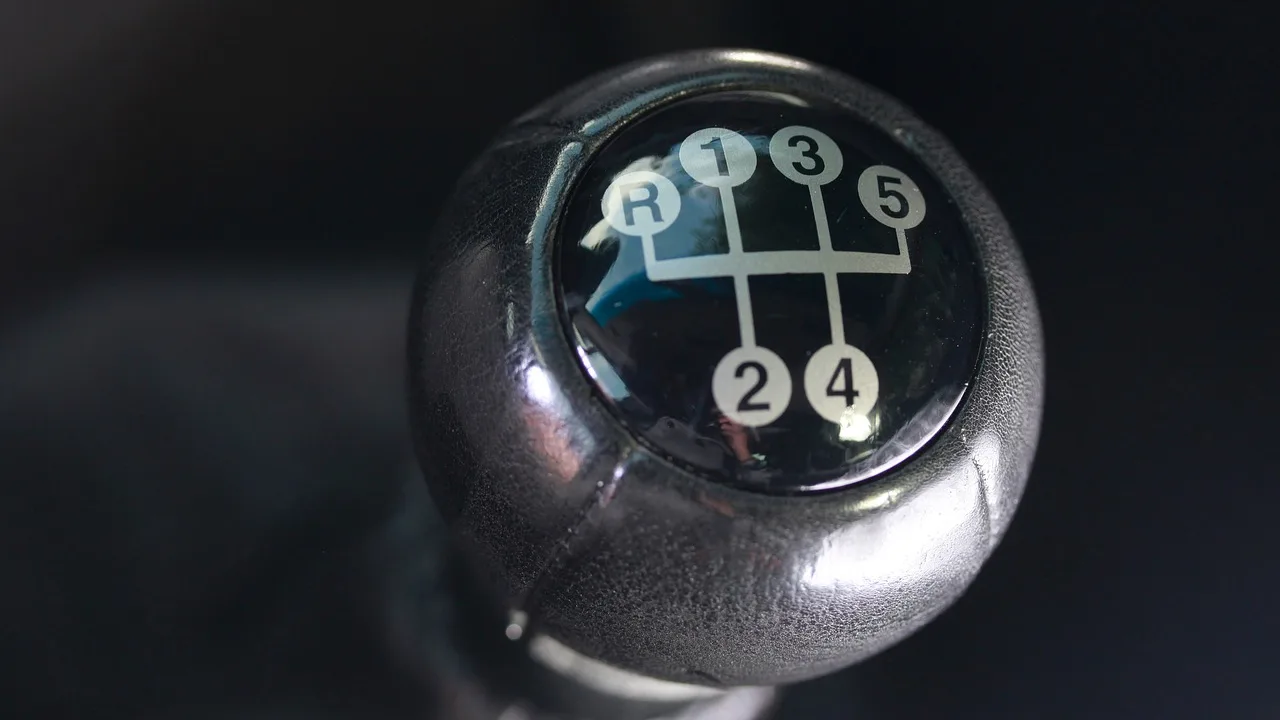Home »
The gear system in a car is a crucial mechanical component responsible for transmitting power from the engine to the wheels, enabling efficient speed control and optimal performance. It aims to provide a detailed understanding of how car gear systems work, exploring the different types of gearboxes, key components, and the operation of manual and automatic transmissions.
Types of Gearboxes:
Manual Transmission:
In a manual transmission, the driver selects gears using a gear lever and a clutch pedal. Gears are engaged or disengaged by moving the gear lever and pressing or releasing the clutch pedal, allowing for precise control over gear selection and engine speed.
Automatic Transmission:
Automatic transmissions shift gears automatically based on engine speed, vehicle speed, and driver input. Components such as hydraulic fluid, planetary gearets, and torque converters facilitate smooth gear changes without manual intervention.
Continuously Variable Transmission (CVT):
CVT systems offer infinite gear ratios, allowing for seamless acceleration and improved fuel efficiency. Instead of fixed gears, CVTs use pulleys and belts or chains to vary the transmission ratio continuously, adapting to driving conditions and engine load.
Components of a Gear System:
Gearbox:
The gearbox contains the gears and associated components for transmitting power from the engine to the wheels. Gears are arranged in a specific sequence to provide different gear ratios, allowing optimal engine performance at various speeds.
Clutch (Manual Transmission):
The clutch is a mechanical device that engages and disengages the engine from the transmission. When the clutch pedal is depressed, the clutch disengages, allowing for gear changes. Releasing the pedal re-engages the clutch, transferring power from the engine to the transmission.
Torque Converter (Automatic Transmission):
The torque converter is a fluid coupling device that transmits power from the engine to the transmission. It allows for smooth and gradual input of the system, preventing stalling and providing torque multiplication for improved acceleration.
Shift Linkage:
The shift linkage connects the gear lever to the gearbox, enabling the driver to select gears in manual transmissions. Shift linkages may use cables, rods, or hydraulics to transmit the driver’s input to the gearbox.
Valve Body (Automatic Transmission):
The valve body is a hydraulic control unit that regulates fluid flow and pressure within the automatic transmission. It directs hydraulic pressure to the various clutches and bands, controlling gear selection and shifting.
Operation of Manual Transmission:
Gear Selection:
The driver selects gears by moving the gear lever into the desired position. Depressing the clutch pedal disengages the engine from the transmission, allowing for smooth gear changes.
Clutch Engagement:
Releasing the clutch pedal engages the clutch, transferring power from the engine to the transmission. Proper clutch control is essential for smooth acceleration, deceleration, and gear changes.
Gear Ratio:
Each gear provides a specific gear ratio, determining the relationship between engine and vehicle speed. Lower gears offer more torque for acceleration, while higher gears provide higher speeds and improved fuel efficiency.
Operation of Automatic Transmission:
Gear Selection:
Automatic transmissions use a combination of hydraulic pressure, planetary gearsets, and electronic controls to select gears automatically. Shift points are by engine speed, vehicle speed, throttle position, and other input parameters.
- Audi GT50 Concept: A Loud Reminder of Why Car Enthusiasts Fell in Love With Audi
- Nearly 30% of UK Drivers Believe Car Tax Should Be Based on Mileage — Survey
- Why Planes and Boats Escaped the Luxury Tax But Cars Didn’t
- Australia’s Headlight Confusion: Authorities Warn Drivers After Viral $250 Headlight Rule Goes Wild Online
- 2025 Hyundai Venue Facelift Launched in India – Full Details, Variants, and Price
Torque Converter:
The torque converter allows for smooth and gradual participation of the system, preventing stalling and providing torque multiplication. It consists of an impeller, turbine, and stator, which work together to transmit power from the engine to the transmission.
Shift Logic:
Modern automatic transmissions use sophisticated electronic control units (ECUs) to optimize gear selection and shifting. Adaptive shift algorithms adjust shift points based on driving conditions, ensuring optimal performance and fuel efficiency.
Continuously Variable Transmission (CVT) Operation:
Infinite Gear Ratios:
CVT systems offer infinite gear ratios, allowing for seamless acceleration and improved fuel efficiency. Pulleys and belts or chains continuously vary the transmission ratio, adapting to driving conditions and engine load.
Smooth Acceleration:
CVTs provide smooth and linear acceleration by maintaining the engine speed within its optimal power band. The transmission ratio adjusts continuously to match engine output to vehicle speed, eliminating the need for discrete gear changes.
Conclusion:
The car’s gearbox serves to transmit power from the engine to drive the wheels, utilizing a series of gears that can be shifted to alter speed and torque. In a manual transmission, the driver manually selects gears using a gear lever and employs a clutch for smooth gear changes. The gears are arranged in specific patterns to provide varying speeds while optimizing engine performance. In contrast, automatic transmissions use a torque converter and fluid to automatically switch gears based on driving conditions, eliminating the need for manual gear selection. Both systems play a critical role in adapting the vehicle’s power to different speeds and scenarios for optimal performance.
